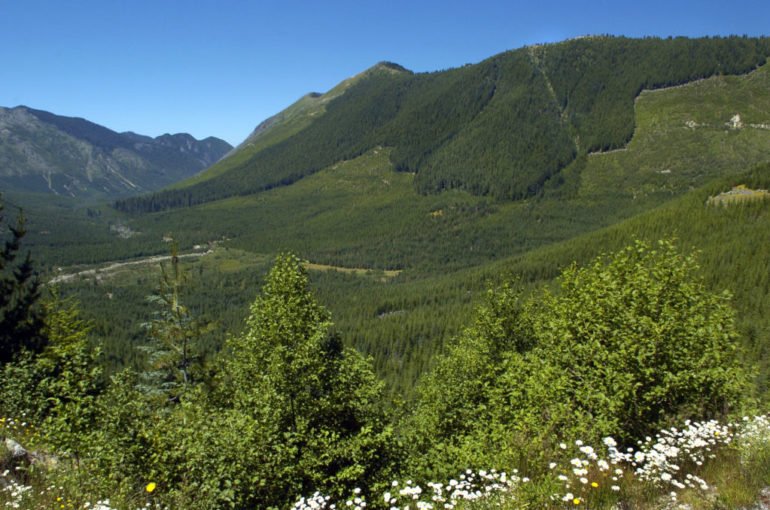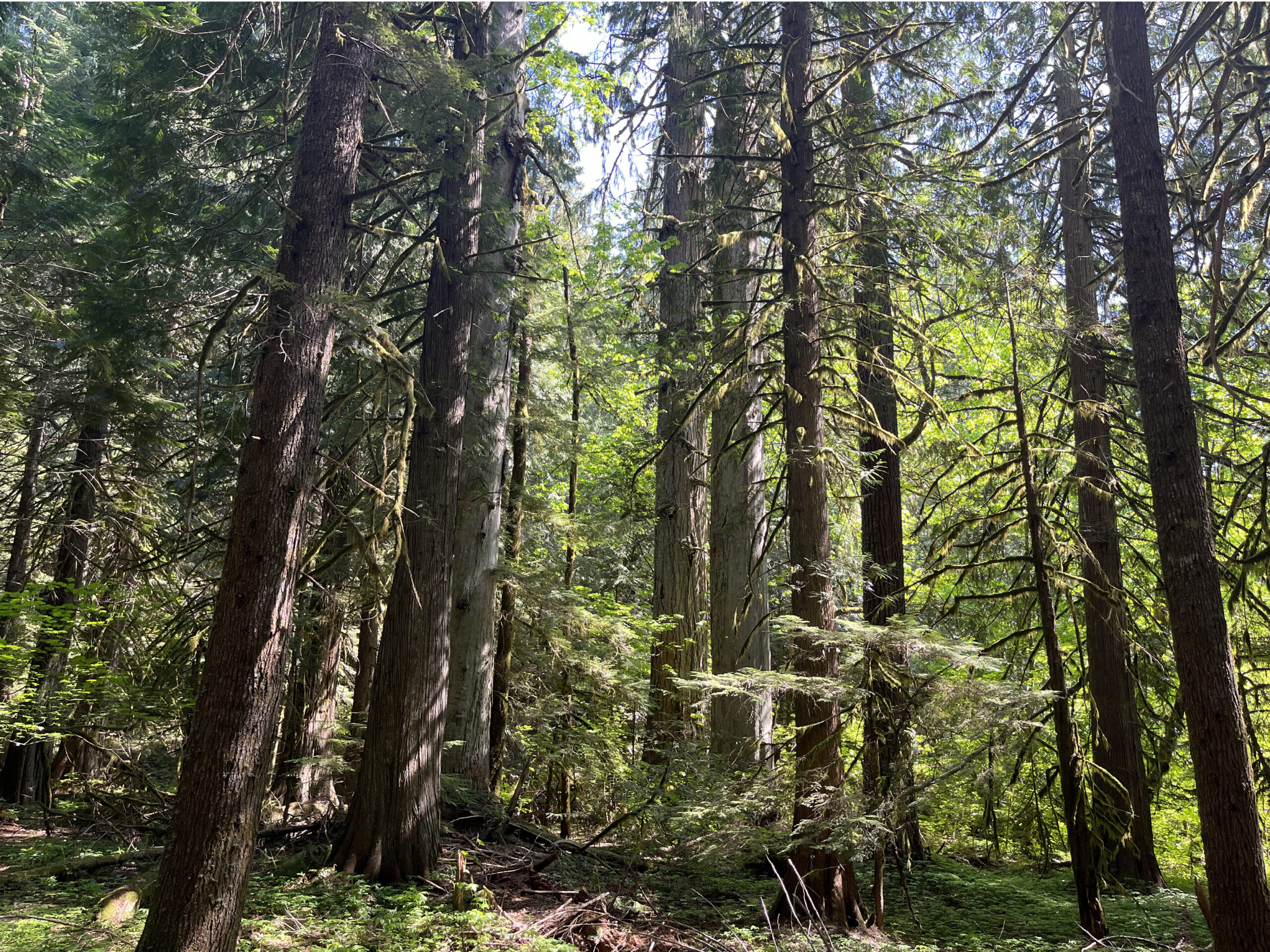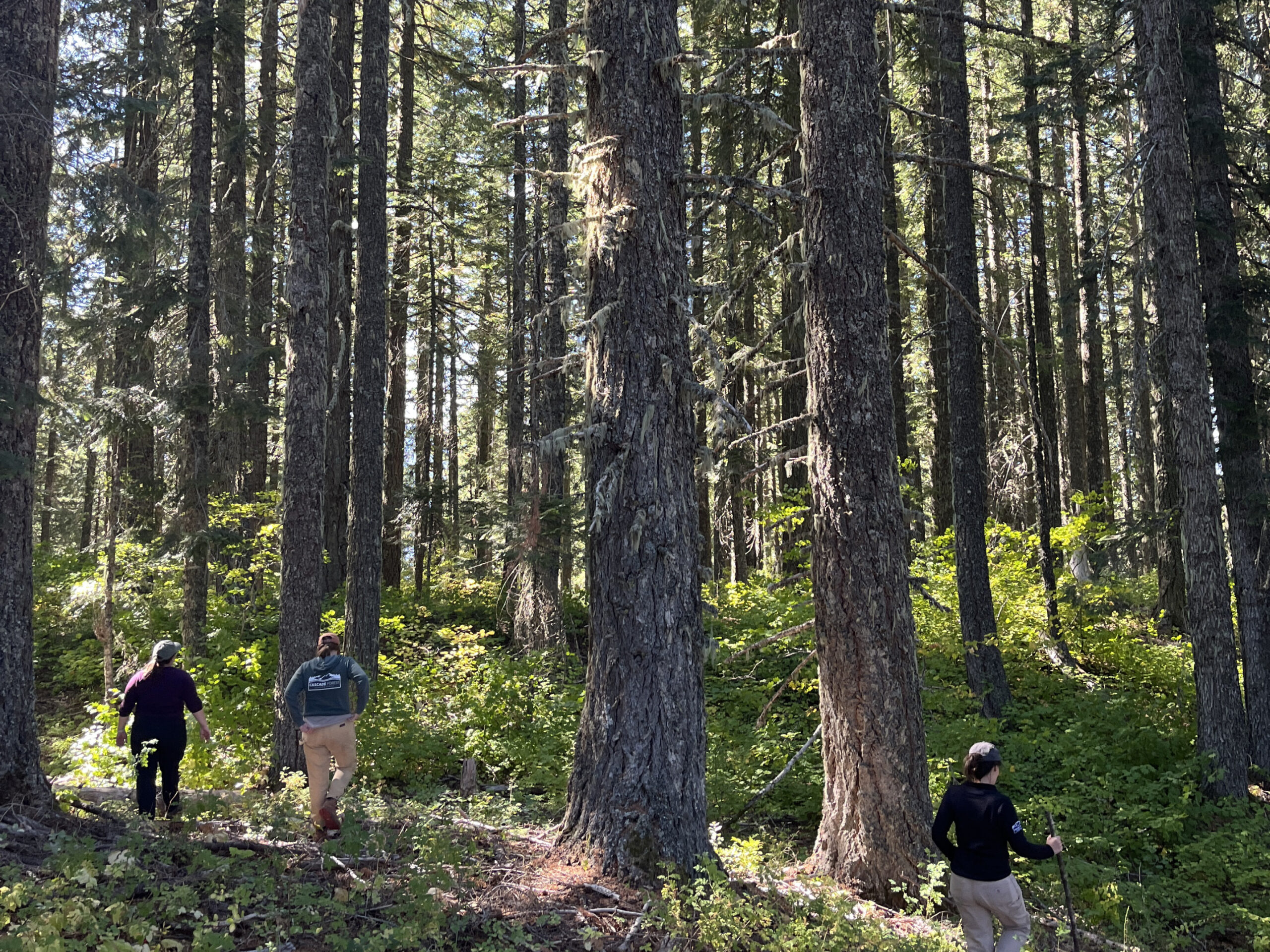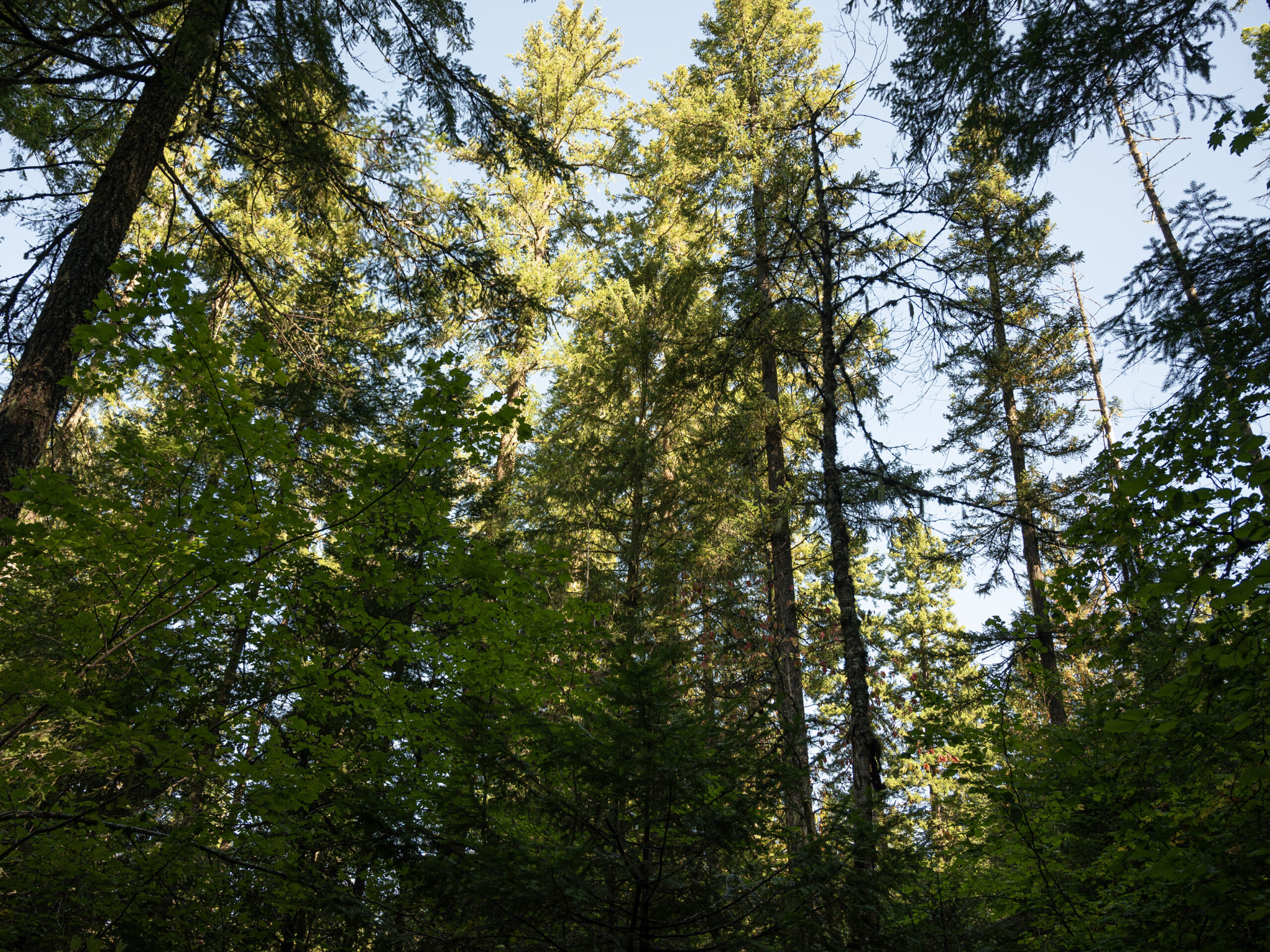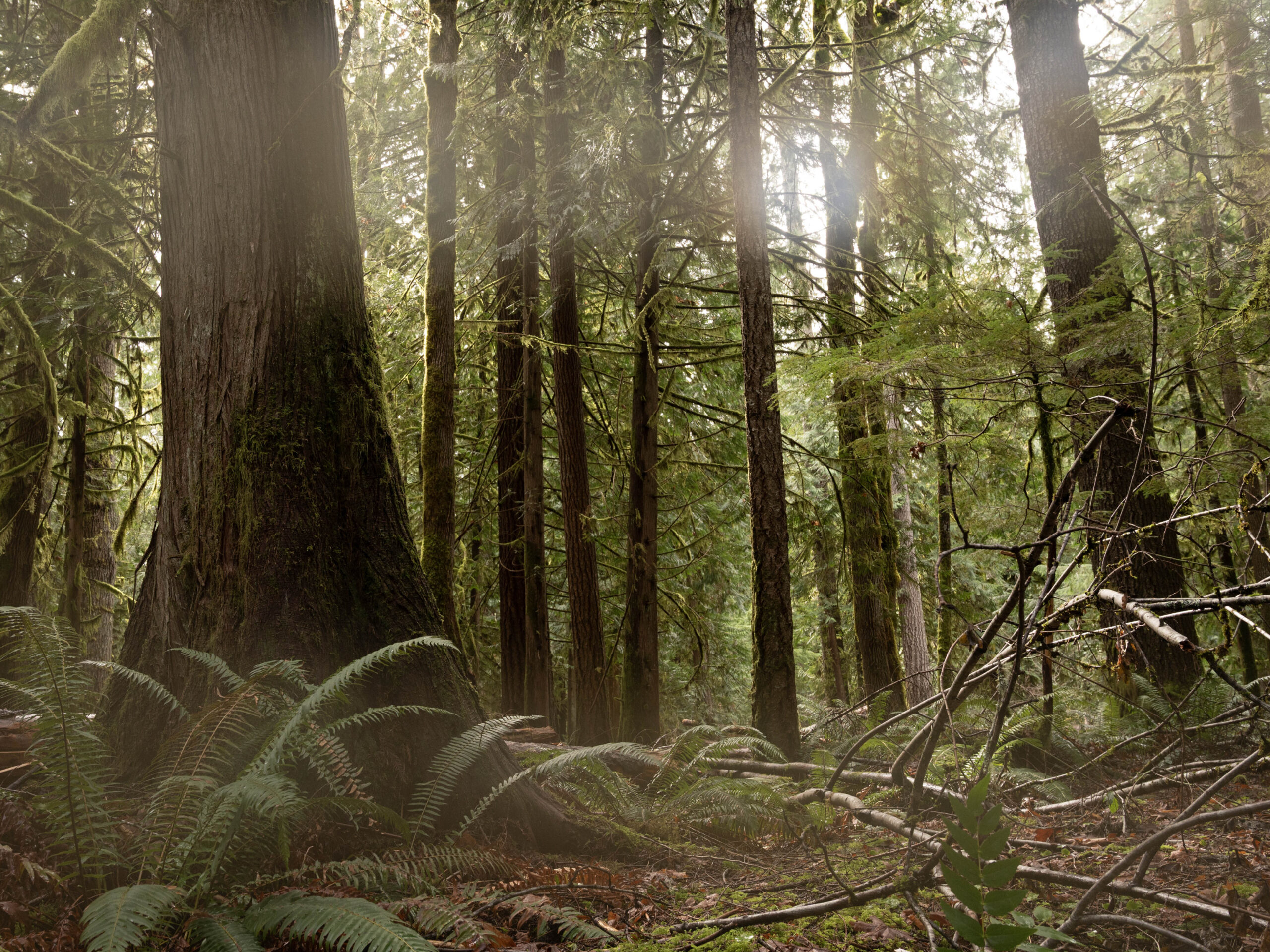[vc_row row_type=”row” use_row_as_full_screen_section=”no” type=”full_width” angled_section=”no” text_align=”left” background_image_as_pattern=”without_pattern” css_animation=””][vc_column width=”1/12″][/vc_column][vc_column width=”5/6″][vc_column_text]
U.S. Forest Service gives consent, clarifying limits of its permission
By Dameon Pesanti, Columbian staff writer
Published: February 8, 2018, 7:29 PM
The U.S. Forest Service has given its consent to allow exploratory mining near Mount St. Helens.
Ascot USA Inc. wants to explore for minerals in the Gifford Pinchot National Forest about 12 miles northeast of Mount St. Helens and adjacent to and extending northeast from the boundary of the National Volcanic Monument.
On Tuesday, the agency released a final decision to consent to the Bureau of Land Management to give prospecting permit applications to Ascot.
In the consent document, Cowlitz Valley District Ranger Gar Abbas, was clear that his approval does not approve a mine.
“My consent decision to the BLM facilitates only prospecting (exploration) activities within the prospecting permit areas,” he wrote. “It is not a mineral leasing or development (mining) proposal.”
Abbas also explained that he chose an alternative that “provides Forest Service consent with specified and recommended conditions, and notices to best address the balance between resource use and resource protection, with an emphasis on the protection of riparian reserves.”
While the BLM has the authority to grant Ascot’s permits, the Forest Service had to consent to the project since it would occur in the national forest.
Now that the agency has, it’s up to the BLM to decide whether to issue the permits.
Ascot wants to drill up to 63 roadside exploration holes measuring 2-3 inches in diameter in search of copper, gold and molybdenum on a mining claim in the upper Green River Valley at Goat Mountain, where its subsurface rights are evenly split with the federal government.
The area is a popular destination for horseback riding, camping and hunting. But historically it was heavily used for logging, mineral prospecting and limited mineral development.
The project has been highly controversial since it was first proposed and has raised ire from conservation groups and politicians alike.
“Opening the door to drilling at the edge of Mount St. Helens is a short-sighted decision that undervalues the important benefits these public spaces offer both to our booming recreation economy and to families who come from near and far to enjoy their beauty,” said Sen. Maria Cantwell, D-Wash. “This mountain should be managed for current and future generations to enjoy, and I hope the Trump administration will cease their efforts to jeopardize that by allowing it to be explored for drilling.”
The Forest Service’s decision is based on an environmental assessment and was released after a 45-day pre-decision administrative review period, during which objections to the proposal were addressed.
More than 200 comments were submitted to the plan, but only objections from those from who had previously submitted timely, specific written comments regarding the proposed project were accepted, unless they were based on new information that came up after designated comment opportunities.
The Green River is a state-designated gene bank for wild winter steelhead, meaning hatchery fish are verboten within. It’s also a candidate for a federal Wild and Scenic River designation. Some of the land in question was purchased by the U.S. Forest Service in the 1980s with money from the Land and Water Conservation Fund, which is meant to serve the interests of recreation and conservation.
The Washington, D.C.-based conservation organization American Rivers has twice declared the Green River, with its headwaters running close to the proposed drilling area, as one of the most endangered rivers in the nation.
Article: http://www.columbian.com/news/2018/feb/08/exploratory-mining-approved-at-area-near-mount-st-helens/[/vc_column_text][/vc_column][vc_column width=”1/12″][/vc_column][/vc_row]



